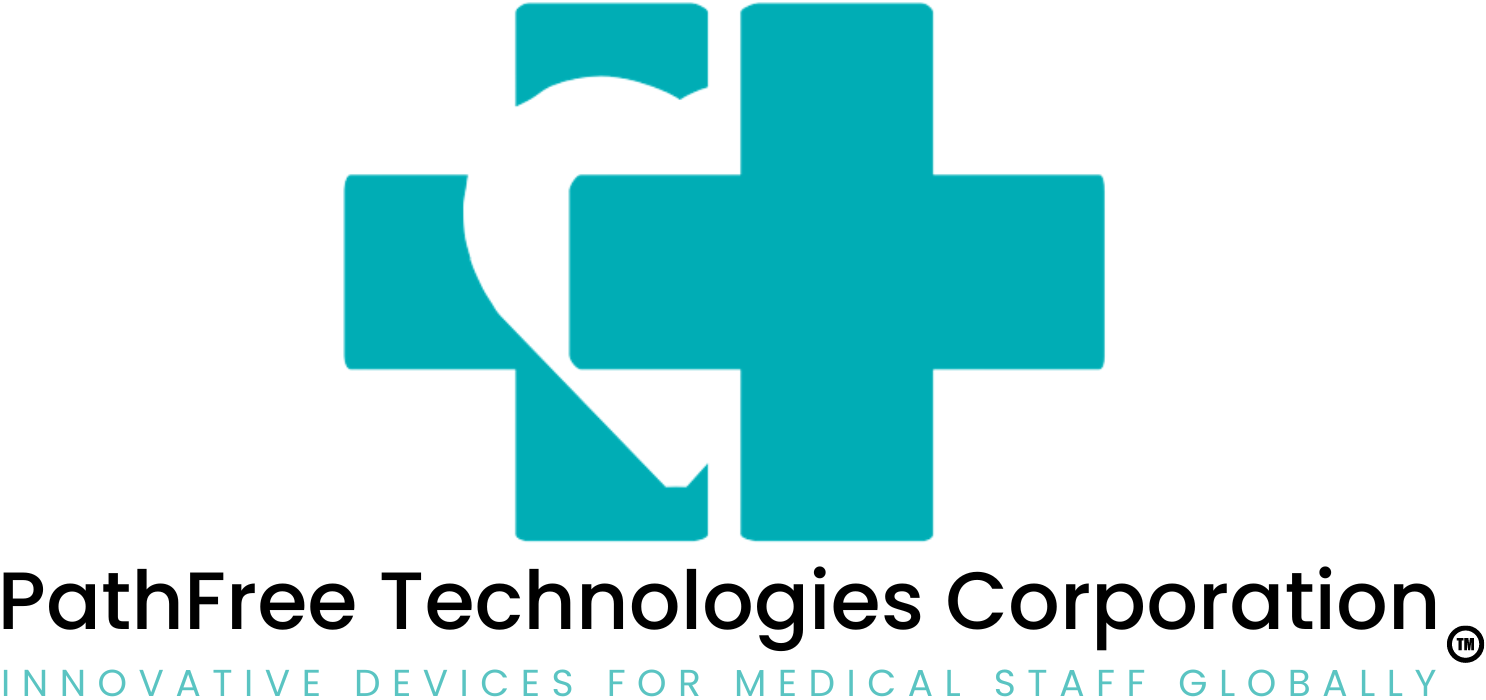Category: Corporate
-

-

-

GENERATIVE AI Used In Medical Devices
Medical devices have revolutionized the healthcare industry by improving diagnosis, treatment, and patient care. However, the development of these devices can be complex and time-consuming. Generative artificial intelligence (AI) is a subset of machine learning techniques that involve training models to generate new data that is similar to existing data. In the context of medical…
-

PathFree Technologies Corporation has moved our corporate headquarters.
The move of our corporate offices is now complete. As of March 1, 2023 our new corporate office location at 19800 MacArthur Blvd. Unit 300 Irvine, California 92612 is now open.
-

-

-

-

-

-

